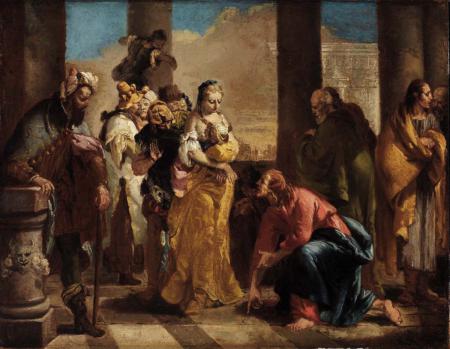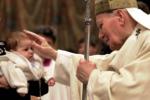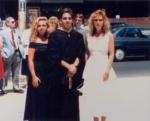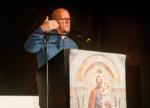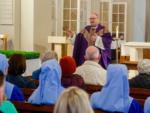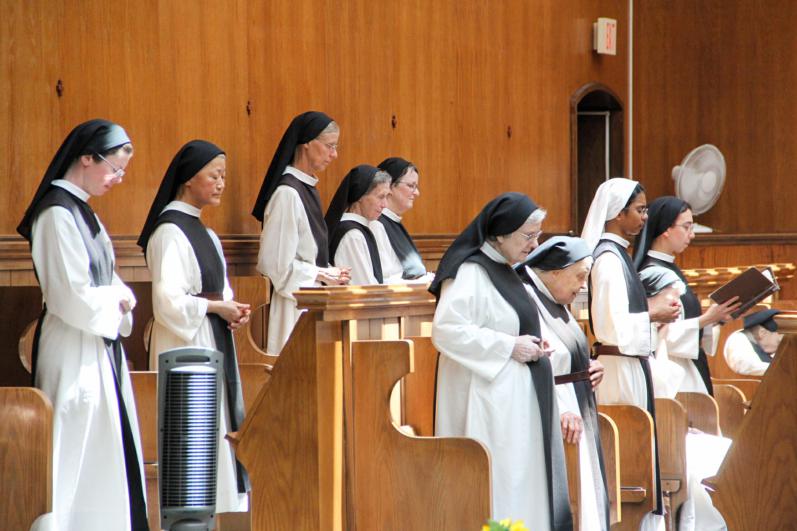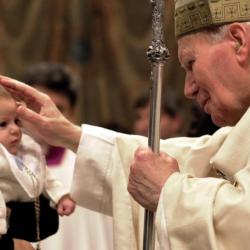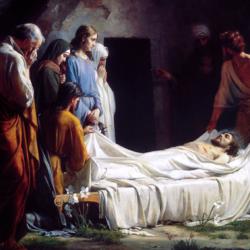Contemplative communities: Cistercian nuns labor in love at Mount St. Mary's Abbey
WRENTHAM -- Daily work can take many different forms for the Cistercian nuns at Mount St. Mary's Abbey. But whether they are tending the sheep, caring for guests at the retreat house, or making candy in their factory, all the sisters' work is infused with prayer and love.
Mount St. Mary's Abbey is a community belonging to the Order of Cistercians of the Strict Observance, also known as Trappists. The Cistercian order was founded by Benedictines in Citeaux, France, in 1098. Mount St. Mary's Abbey was founded by a community in Glencairn, Ireland, in 1949, the first monastery of Cistercian nuns founded in the United States. It is currently home to almost 40 nuns, ranging in age from their 20s to early 90s.
Sister Jennifer, a novice in the community, said one of the things that distinguished the Cistercians was their emphasis on charity. She described their lifestyle as "constantly seeking to serve one another as a way to love God and as a way to learn what God's love is like."
"You have to learn that over time. It doesn't happen all at once. You come to that through the constant calling out of yourself that the life requires of you," Sister Jennifer said.
Coming from the Benedictine tradition, they live by St. Benedict's motto of "Ora et labora," "Prayer and work."
Their first communal prayer of the day is Vigils at 3 a.m., followed by personal prayer and Scripture reading until dawn, when they have Lauds and Mass. They gather in the chapel again for midday prayer, and later for Vespers, eucharistic adoration, and Compline. At 3 p.m., everyone pauses wherever they are to pray None, the afternoon prayer. They also have a room to pray in before entering the candy factory.
An important part of the order's charism is silence. Mother Sofia Millican, the current abbess, said that the silence for which they are known was "almost absolute" prior to Vatican II.
"Since then, it's been moderated to allow for better communication. But we still value silence a great deal and try to keep it during the day, and especially at night, just so that you can have the chance to be with God in prayer as much as possible," she said.
Their work making candy and caring for animals are conducive to this silence. The Cistercians see their labor as part of their prayer, as well as a way of imitating Christ, a form of solidarity with the poor, and participation in God's work of creation and restoration.
In Mount St. Mary's early years, the nuns baked bread and sold it at the front door. In 1956, they began making candy, which could more easily conform to the monastic schedule, and sold it by mail order.
Sister Jennifer said she likes how making candy is "work that can be intergenerational," suitable for young and old alike.
One "remarkable" thing about their experience during the coronavirus pandemic, she said, was how successful the candy business was during that time. People could place orders by mail or make a contactless purchase at the door.
While the candy business is their principal means of support, the nuns have also found ways to maintain their agricultural roots. They kept a herd of milk cows from their founding until 1995, but like many small farms, they had to give it up because it was no longer profitable. Then, in 2000, a monk at St. Joseph's Abbey in Spencer offered them his flock of sheep. Blankets and yarn made from the sheep's wool are sold in the monastery gift shop.
Sister Robert, one of those in charge of the sheep, said it is "a tremendous blessing" that they have had a continuous farm with vegetables or animals, or both.
"It balances the intensity of the prayer life and liturgical life. You can enjoy nature, too. It means a lot," Sister Robert said.
She added that the alternation of the seasons reminds them of how powerful nature is.
"It's very enriching for our lives," she said.
Caring for the sheep gives the nuns a deeper appreciation of Christ as the Good Shepherd, helping them better understand God's care and providence.
"I don't want any harm to come to them, and when it does, it's heartbreaking," Sister Robert said.
Since care for creation is part of their Cistercian heritage, the nuns use three forms of renewable energy. A wind turbine supplies power for the monastery. A geothermal energy system controls the temperature of the candy production facility. A solar field provides energy for public buildings in the nearby town of Franklin, and a solar array on the abbey roofs provides power for the monastery and candy facility.
As part of an international order, they receive visits from abbots and abbesses from around the world. The Cistercian abbots and abbesses also meet every few years to discuss their communities' experiences and how they can support each other.
Mother Sofia said it is "sort of built into the order" that they visit each other for pastoral care, which means there is "always somebody going somewhere to help out."
"You get to meet one another, and get to have a sense, a little bit, of people in different countries, different cultures, living the same charism, but in their own way," she said.
For the past couple decades, all the abbey's vocations have come through the internet. They hold monastic weekends when women can come to experience their lifestyle for a few days. There are currently three junior nuns in formation at Mount St. Mary's, a few years away from making their final vows.
Once a year, junior monks and nuns from all the Cistercian communities in the United States gather for a two-week seminar. Sister Jennifer said it is good for them to support each other this way, since some houses have only one person in formation.
"This way, you have an experience of knowing that there are other people who are going through the same thing you're going through," she said.
The nuns at Mount St. Mary's also have enduring ties with the local community. People can attend Mass in the chapel, and the local pastor likes to join them for Vespers. One family regularly brought their children to Easter and Christmas Mass at the abbey; those children are now grandparents, and still come to visit.
A lay group began at the time of the order's 1200th anniversary in 1998. The nuns decided to give lessons in praying Lectio Divina, and so many applied that they had to divide them into three groups. They still meet once a month.
At the onset of the coronavirus pandemic, the resident chaplain was able to celebrate Mass for the sisters, but they could not have guests in the retreat house, and the chapel was only open to outsiders for periods of personal prayer.
Now that visitors can again attend Mass, the sisters have noticed people "singing their hearts out more than ever before, because they can," Mother Sofia said.
More information about Mount St. Mary's Abbey is available at www.msmabbey.org. Information about their candy business, Trappistine Quality Candy, can be found at www.trappistinecandy.com.
